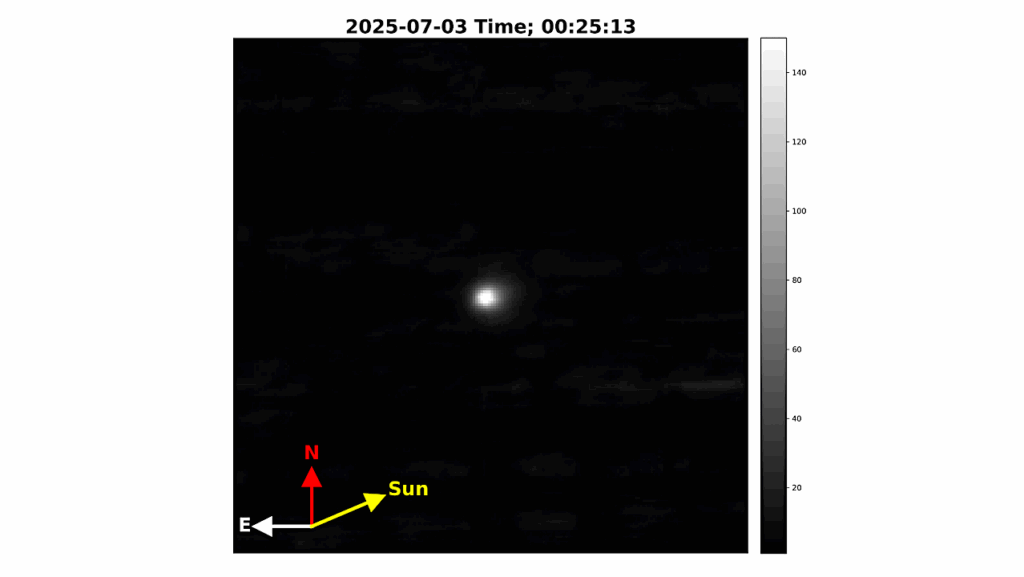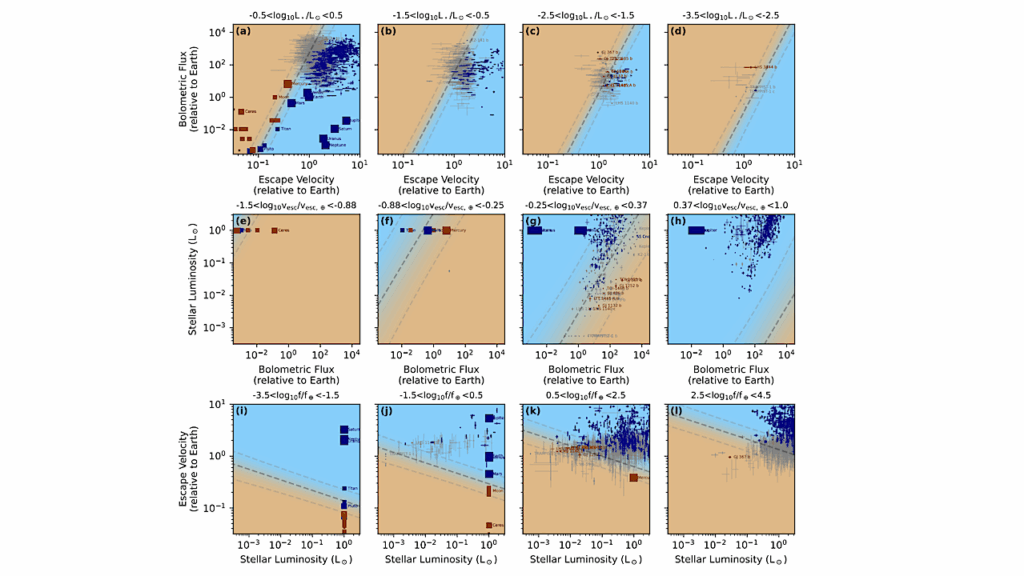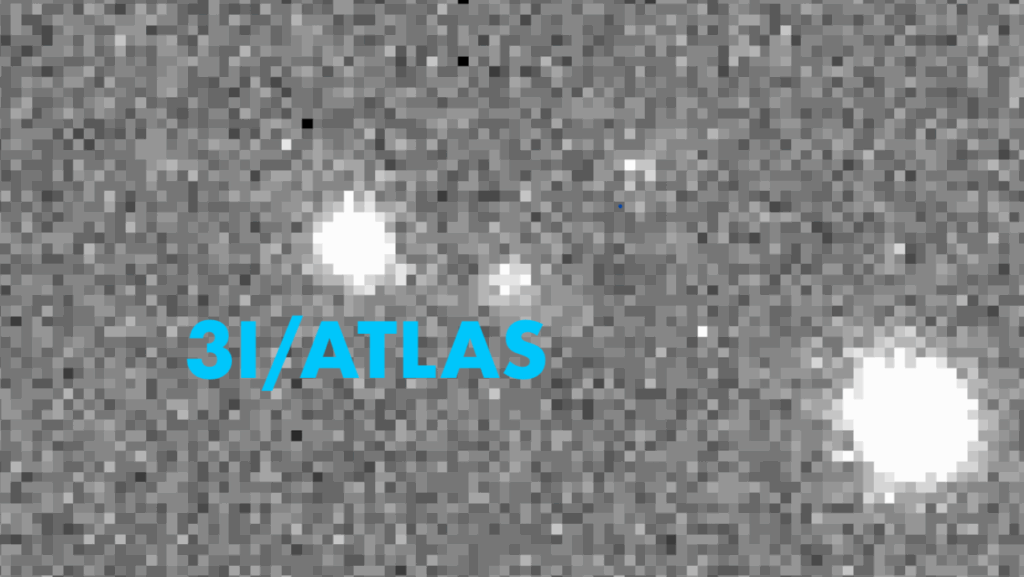The Influence of Stellar Phosphorus On Our Understanding of Exoplanets and Astrobiology

When searching for exoplanets and ultimately considering their habitability, it is necessary to consider the planet’s composition, geophysical processes, and geochemical cycles in order to constrain the bioessential elements available to life.
Determining the elemental ratios for exoplanetary ecosystems is not yet possible, but we generally assume that planets have compositions similar to those of their host stars. Therefore, using the Hypatia Catalog of high-resolution stellar abundances for nearby stars, we compare the C, N, Si, and P abundance ratios of main sequence stars with those in average marine plankton, Earth’s crust, as well as bulk silicate Earth and Mars. We find that, in general, plankton, Earth, and Mars are N-poor and P-rich compared with nearby stars.
However, the dearth of P abundance data, which exists for only ~1% of all stars and 1% of exoplanet hosts, makes it difficult to deduce clear trends in the stellar data, let alone the role of P in the evolution of an exoplanet. Our Sun has relatively high P and Earth biology requires a small, but finite, amount of P. On rocky planets that form around host stars with substantially less P, the strong partitioning of P into the core could rule out the potential for surface P and, consequently, for life on that planet’s surface. Therefore, we urge the stellar abundance community to make P observations a priority in future studies and telescope designs.
Natalie R. Hinkel, Hilairy E. Hartnett, Patrick A. Young
Comments: 8 pages, 4 figures, 1 table, accepted to ApJL
Subjects: Earth and Planetary Astrophysics (astro-ph.EP); Solar and Stellar Astrophysics (astro-ph.SR)
Cite as: arXiv:2009.00009 [astro-ph.EP] (or arXiv:2009.00009v1 [astro-ph.EP] for this version)
Submission history
From: Natalie Hinkel
[v1] Mon, 31 Aug 2020 18:00:01 UTC (315 KB)
https://arxiv.org/abs/2009.00009
Astrobiology








